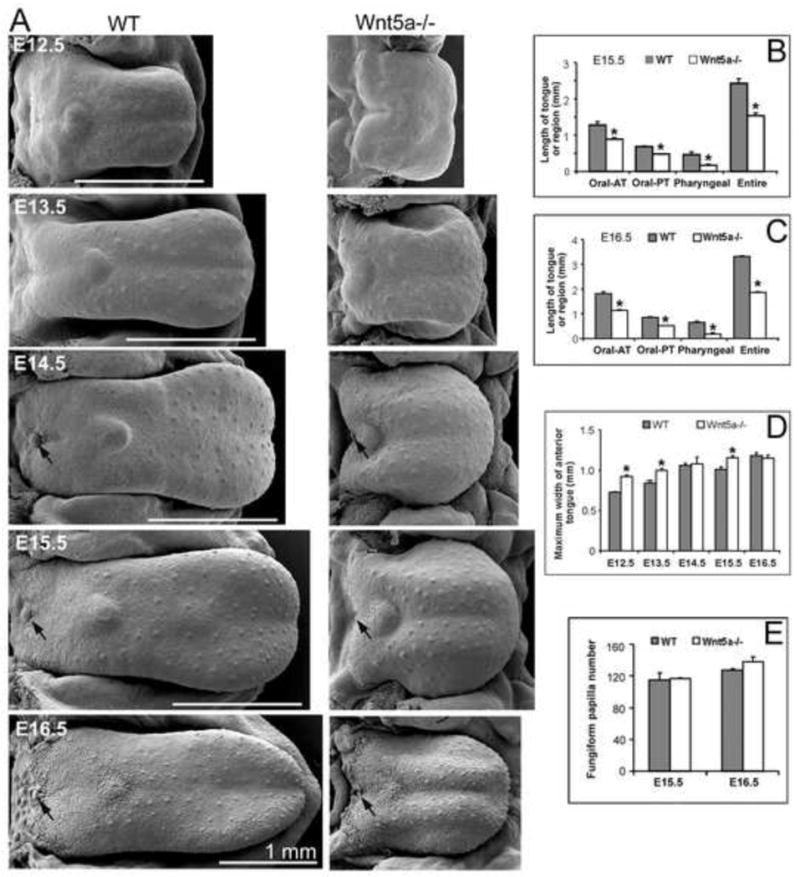Fig. 2. Development of tongue size, shape, topography and papillae in WT and Wnt5a mutants.

Scanning electron micrographs
(A) of WT and Wnt5a−/− embryonic mouse tongue on mandible, and histograms (B–E) for measurements of tongue length, width and fungiform papilla number. (n = 2 – 6 tongues for WT and mutant, at each stage.) A: At E12.5, the WT tongue is spatulate with small surface eminences on the anterior region that are fungiform papilla placodes. The mutant tongue is noticeably shorter than WT and has not attained a spatulate shape. By E13.5, the WT and mutant tongues exhibit further growth, and fungiform papillae are distinctive in multiple rows on anterior oral tongue. The single circumvallate papilla on posterior tongue is seen as a small ovoid swelling. At E14.5, fungiform and circumvallate (black arrow) papillae protrude more on the tongue surface of WT and mutant. Mutant tongues remain much shorter than WT. At E15.5 and E16.5, the distinctive spatial pattern of fungiform and circumvallate (black arrow) papillae is retained on the longer and more differentiated tongues, although mutant tongues are shorter. B, C: Length of tongue regions was quantified at E15.5 and E16.5. For Wnt5a−/− tongues each lingual region is significantly shorter than in WT. Oral AT and Oral PT refer to anterior and posterior oral tongue. Pharyngeal refers to the pharyngeal tongue only. These regions are delineated in Supplemental Figure 1. D: The mutant tongue is wider than in WT littermates at E12.5, E13.5 and E15.5. E: Fungiform papilla number is not altered in Wnt5a−/− compared to WT at E15.5 and E16.5. * P<0.05 compared with WT group (ANOVA and Bonferoni post-hoc tests). Scale bars: 1.0 mm, apply to WT and paired mutant tongues.
